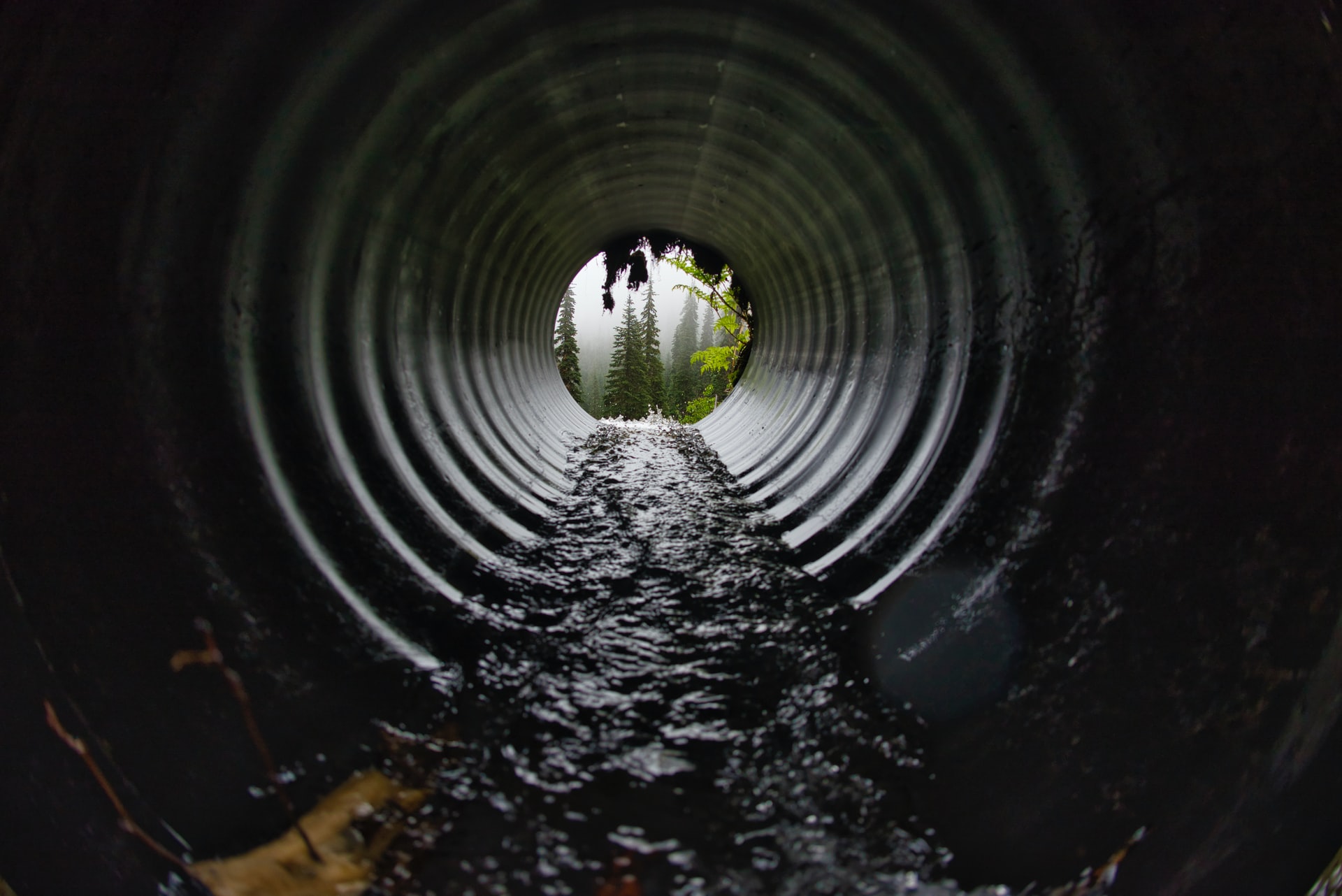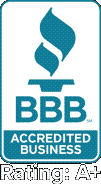The main sewer line of your home acts like an ocean to which all the distributaries, i.e. plumbing fixtures, drains, and pipes, in your home are connected. Besides improper use, prolonged use can take a toll on the overall health of your main sewer line. The main sewer line can become clogged over a period of time and may require repair or replacement. If timely attention is not paid, a small problem can become a major headache. In this blog, we’ll discuss the causes of sewer line clogs, warning signs to look out for, and when call for maintenance, repair, or replacement.
What Are the Common Causes of a Clogged Sewer Line?
A clogged sewer line is an unfortunate situation that every homeowner has to deal with at some point or another. Fixing a single clogged sewer line is easy but fixing an entire sewer system is not a simple task. Here are some primary indicators that repair or replacement is required.
- Sewer Pipe Damage: Primary causes of sewer pipe damage are as follows:
- Shifting of soil, settling, heavy construction equipment above ground, high traffic on the ground above
- Corrosion of old sewage pipes
- Leaking joints where seals between sections of pipe have broken, allowing water and sewage to escape.
When sewer pipes are broken or ruptured for any reason, sewage won’t properly drain through the system, leading to frequent backups.
- Tree Root Infiltration: Older sewer lines were generally constructed using clay and other porous materials. Moreover, the connections between pipe sections are not as secure and tight as today’s PVC pipes. As tree and shrub roots grow, they look for water sources. If roots latch onto a sewer pipe, they can expand into the pipe to reach the water inside. This expansion can cause the pipeline to break or burst.
- Sagging Sewer Line: There is no way to prevent sagging sewer lines, as it is caused over a period of time. Sagging, or bellied pipe, is caused when a section of pipe sinks due to ground or soil conditions. This causes a low spot in the line that tends to accumulate paper and waste thus causing repeated blockages.
- Flushing Debris Down the Toilet: To maintain the health of your plumbing system, it is important to know what you can and cannot flush down your toilet. Avoid treating your toilet as a trash can. Make sure that the only things you flush down the toilet is human waste and toilet paper.
- Pouring Greasy Substances Down the Drain: Avoid pouring grease, oil, butter, and other fatty items down the drain. The best way to dispose of greasy substances is to pour it into another receptacle, can, or jar. Once it solidifies at room temperature, throw it away. Washing away grease with hot water won’t serve the purpose as will eventually cool off, harden, and stick to pipes, resulting in the clogging of sewer lines.
Warning Signs
Here are a few warning signs you should look out for before it is too late to fix the issue:
- Frequent Clogging of Drain & Sewer Lines: Avoid using liquid drain cleaners. Call a professional plumber to check out a backed-up drain. A break or blockage in your sewer pipe may be the main cause of frequent clogging in your home.
- Clogging of Multiple Fixtures: Not sure whether clogging is caused by an individual pipe blockage or due to a bigger sewer line issue? Clogging in multiple areas indicates that more than one plumbing fixtures are involved.
- Check Out Any Unusual Sounds/Reactions: Look out for any unexpected or unusual reactions, such as bubbling or gurgling noises, while using any plumbing fixture. Call an expert and certified plumber examine the issue.
Repair and Replacement Options
Repair and replacement are not everyone’s forte. We recommend hiring a certified and professional plumber or a plumbing agency to do the job. Video inspection is a popular and efficient way to diagnose the issue. Popular repair and replacement options are as follows:
- Traditional Sewer Line Repair or Replacement: It’s a traditional approach and involves using a backhoe to dig up the area surrounding the line, thus allowing easy access to the problematic pipeline. Once repair activity is completed, the backhoe is used to fill the trench.
- Trenchless Sewer Line Repair: It is a newer system option and involves making small access holes at the beginning and the end of a damaged pipe. A new pipe is made to enter through the access holes and is then pulled up through existing pipes, causing the old pipe to rupture and fall away. If you prefer to minimize damages to your yard and driveway, this may be a good option.
For a complete check-up of your system, call the licensed professionals at 214-305-8811 in the Air Conditioning division of Dallas Plumbing & Air Conditioning.






